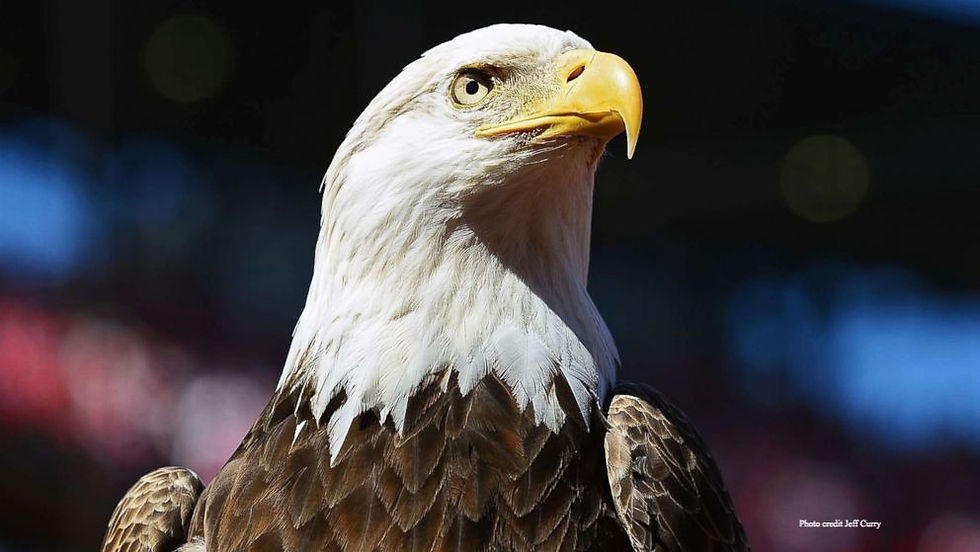CRITTER SPOTLIGHT: Red Wigglers: Eisenia fetida
- cynthiamorissette
- Aug 9, 2020
- 2 min read
Good Morning Watershed Explorers,

Today we are going to dive into the slimy world of the red wiggler worm. Red wigglers are the kings of composting. Here are two quick videos to highlight how the red wiggler works in compost! Enjoy!
Red wigglers love all decaying matter, typically they feast on leaves, grass, wood and animal manure. They do love food scraps too, which is why they are so good for composting.
Habitat: Red wigglers live in about 6 inches of soil. They prefer dark areas with a lot of organic matter. They can withstand varying degrees of temperature as long as their soil bed is fairly protected. Since red wigglers live in colonies, they help to keep each other warm.
Diet: As was already discussed, red wigglers will eat all matter that was once alive. However, they are a little picky if the organic material is acidic. This is important to note for composting, materials such as lemons, grapefruit, and oranges should be kept out of compost areas as they are just too acidic for the worms. SIDE NOTE: You will notice some lemons in the Morissette Family compost, Mrs. Morissette learned something today too!! We think that other creatures break down our lemons but after writing this today, I will definitely keep lemons out of the compost from now on!
Watershed Role: Red wigglers are decomposers, which means that they eat dead or decaying organic matter. This is extremely important to the watershed as the worms rid the watershed of organic waste. Through the consumption of organic matter, the red wiggler is essentially recycling energy and returning the material to the soil where new organic material can grown. It's a fantastic circle!
I hope that you learned about how cool worms can be! Here are two cool activity pages that you can check out to increase your knowledge even further!


Happy Exploring Watershed Explorers!
Much love,
Mrs. Morissette






Comments